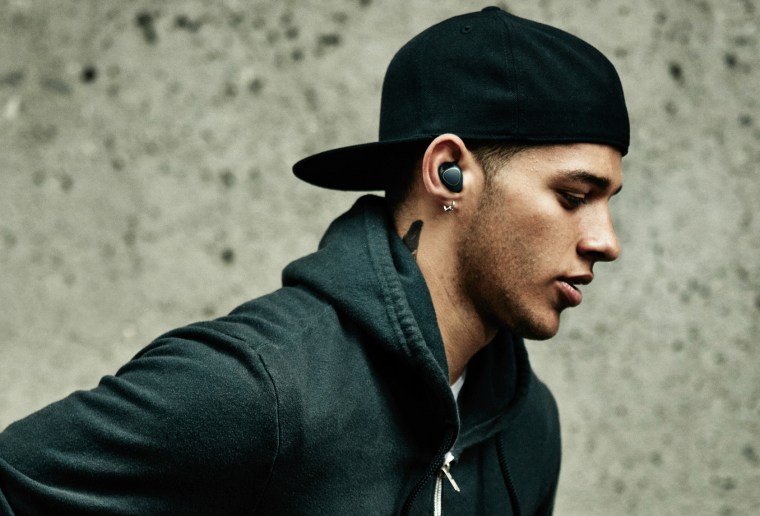Your smartphone is a lifeline to the world. It brings you instant information and connects you with loved ones. It can help you find a menu, order food, navigate your way to the restaurant, pay for the meal, and get an Uber home.
But what if you could do all of that with just your voice and a few nods of your head?
Brands like Sony, Samsung, Moto, and Oakley are aiming to make this a reality in 2017 in the growing field of “hearables,” or wearables for your ears. But don’t confuse these devices with Apple’s new Airpods.
“The hearable market is not about having wireless headphones,” says Nikolaj Hviid, CEO of Bragi, a hearables brand in Germany. “It’s about having computer enhancements in your ear.”
Related: This Mood-Recognizing Algorithm Might Save Your Relationship
Developed through Kickstarter in 2014, Bragi’s latest hearable is the Dash. The $299 device consists of two waterproof earpieces, each about the size of a dime and equipped with a speaker, microphone, gyroscope, accelerometer, 27 biometric sensors, and a 4-GB hard drive in the right earbud to store music.
Hearables can already do much of what a Fitbit can, including tracking your body temperature and heart rate. They can also interface with a smartphone, allowing you to answer a call with a lift of the chin and shuffle your music with a few shakes of your head. Hearables also let you search the Internet just by speaking out loud — like an Amazon Echo that follows you anywhere.
Hearables aren't standard headphones, they're "computer enhancements in your ear.”
And while an average person can type 20 to 30 words per minute on a smartphone, using speech to search increases that speed by more than five times. “You just ask for it,” Hviid says.
The Internet analytics company ComScore expects about 50 percent of all searches to be made by voice in 2020.
Bragi is working with IBM’s Watson team to develop new uses for the Dash in the workplace. But the key to hearables will be how users develop and expand their capabilities through software development kits. SDKs will allow coders to turn hearables into life-altering devices that could possibly replace your smartphone and provide you with an intelligent personal assistant and life companion like Samantha in the 2013 sci-fi film “Her.”
“We’re bringing out new things that will make life easier,” Hviid says. “That will enable people to do things they couldn’t do before, and we’re very excited about that.”
But not everyone in tech is sold on hearables. Zoltan Istvan, an entrepreneur and journalist in California's Bay Area who writes frequently about new personal devices, says hearables are limited by how we interact with technology.
Related: Those !@#% Passwords Are Headed Out. Here's What's Next
“We still need something you can hold, touch, feel,” Istvan says. “Hearables don’t help when you’re on LinkedIn trying to figure out someone’s phone number. It doesn’t help you much when you want to scroll and find something on the web. You might be able to get some information, but you miss so much.”
Istvan estimates that while smartphones can do about 80 percent of what a laptop can do, hearables will be able to do only about 30 to 40 percent as much. And he believes these new devices will see mass adoption only when they incorporate something we can see and interact with, like the holographic projections now being developed by the Florida-based tech company Magic Leap.
Bragi is already experimenting with mixed reality environments that let you interact with the world in new ways. They’re far from ready, but Hviid is optimistic about the next step in hearable technology: “This augmenting of the reality with the virtual world is something we’re going to have a lot of fun with in the future.”
